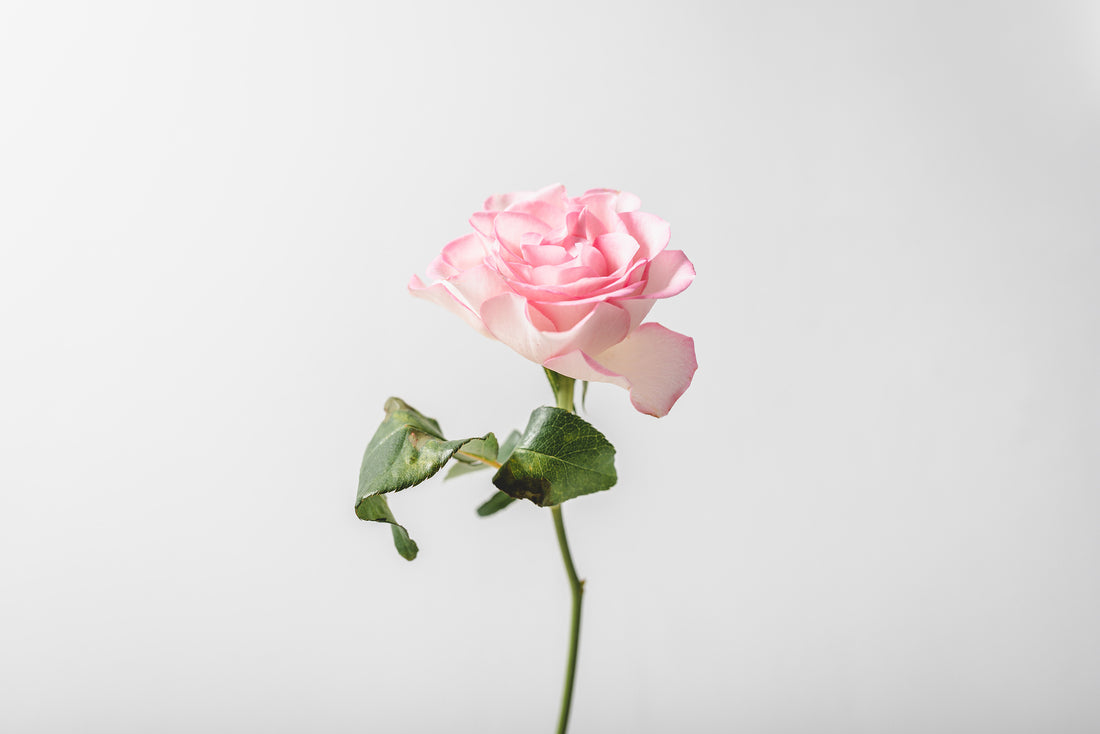
Unveiling the Enchanting History of the Rose
Share
The rose, often referred to as the "queen of flowers," has captivated human hearts and minds for centuries. With its alluring fragrance and captivating beauty, the rose has woven itself into the fabric of human culture, literature, art, and symbolism. As we journey through time, let's delve into the rich history of the rose and discover its fascinating evolution.
Ancient Beginnings
The story of the rose dates back thousands of years, with evidence suggesting its existence in regions such as China, Persia, and ancient Egypt. In ancient China, roses were cultivated for their medicinal properties, while in Persia, they symbolized beauty and love. The Egyptians, too, revered the rose, using it in various rituals and adorning tombs with rose petals.
Greek and Roman Times
The rose continued to flourish in the hands of the ancient Greeks and Romans. These civilizations associated the rose with their deities - Aphrodite, the goddess of love, and Venus, her Roman counterpart. The rose's beauty was believed to have sprung from the blood of Adonis, adding a layer of mythological significance to its allure. The Romans held extravagant rose festivals, scattering petals in celebrations and using them to create luxurious garlands.
Medieval Symbolism
With the advent of Christianity, the rose's symbolism transformed yet again. The red rose began to represent the blood of Christ, while the white rose symbolized purity and innocence. The rose's depiction in religious art and illuminated manuscripts further solidified its connection to spirituality during the medieval period.
Renaissance Elegance
During the Renaissance, the rose experienced a resurgence of appreciation. Artists like Leonardo da Vinci depicted the rose in their works, capturing its intricate details and delicate petals. This era also saw the cultivation of new rose varieties, leading to the creation of diverse colors and scents that further enriched its symbolism.
The Language of Roses
The Victorian era introduced the concept of the "language of flowers," where each flower held a specific meaning. This era saw the rose becoming a powerful medium for conveying emotions that couldn't be openly expressed. A red rose came to signify passionate love, a white rose denoted purity, and yellow roses conveyed friendship. Bouquets were carefully crafted to convey heartfelt messages, making roses an integral part of social etiquette and courtship rituals.
Modern Cultivation and Commercialization
As horticultural practices evolved, so did the cultivation of roses. Hybridization techniques developed in the late 19th century led to the creation of a wide array of rose varieties, each boasting unique colors, shapes, and fragrances. The commercial production of roses on a larger scale made these enchanting flowers more accessible to people worldwide.
The history of the rose is a journey through time, reflecting the ever-changing tapestry of human emotions, beliefs, and artistic expressions. From its ancient beginnings as a symbol of beauty and love to its contemporary status as a universal icon of affection, the rose continues to captivate and inspire. As we revel in its fragrance and admire its petals, we're reminded of the enduring charm that has made the rose an eternal symbol of human connection and sentiment.
